New DNA Study Provides Clues for Where the People of India Originally Came From
A new study out of the University of California Berkley has sequenced the genetic data of thousands of people from India located in most of the country’s major regions.
Scientists are still trying to solve many mysteries about how modern populations came to reside how they are. This latest study is a solid step forward in developing a comprehensive view of the historical population of India.
Research in India Has Been Scant
The country of India recently passed China to earn the title of most populated country in the world. NPR reported in 2023 that India had officially reached first place in April of that year with a population at the time that exceeded 1.4 billion.
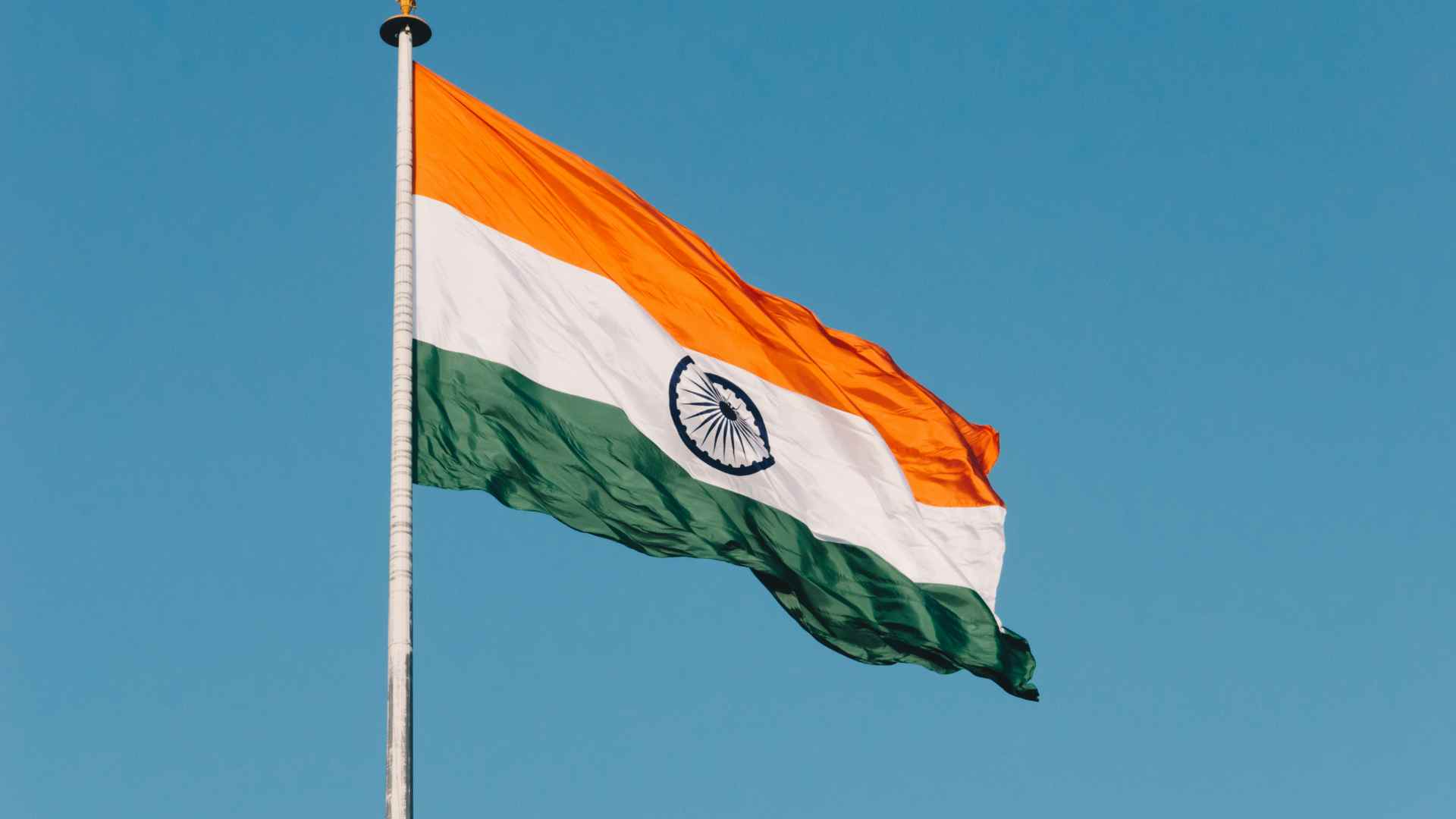
Source: McKay Savage/Wikimeida
Despite the size of the country, there haven’t been as many extensive studies looking into its population origins compared to other similar areas.
Genetic Research Study
Population geneticist Elise Kerdoncuff and their colleagues at the University of California Berkley managed to DNA sequence 2,762 people from across several areas of India.
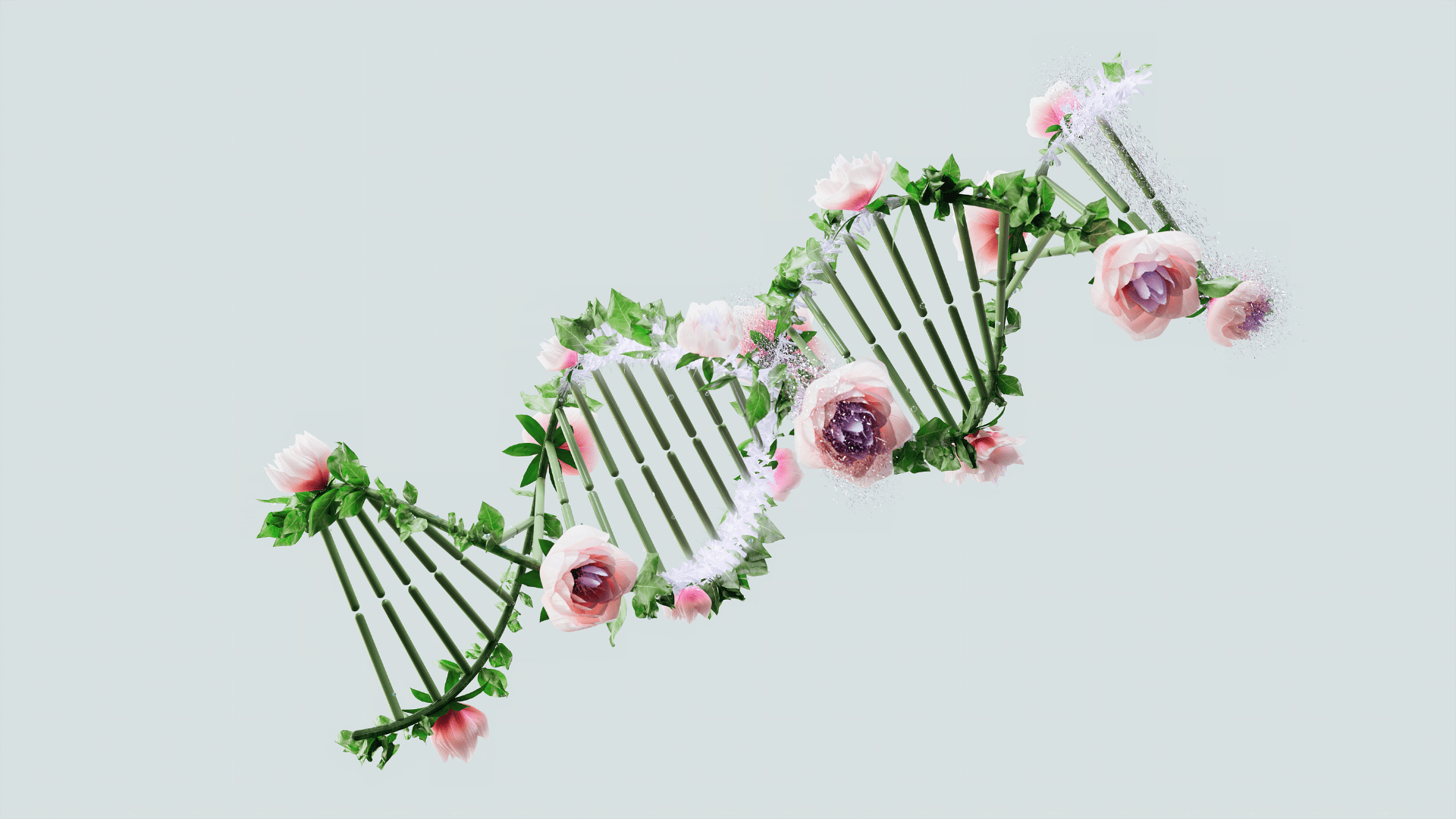
Google DeepMind/Pexels
The researchers took samples from as many geographic regions as they could, including rural and urban areas. They also made an effort to take DNA from all tribal and caste groups and speakers of every major language.
What Were Researchers Looking For?
The researchers were looking to find any insights they could glean to answer the mysteries of the evolutionary history of India. One motivation for the project is the underrepresented nature of the country in genome studies.
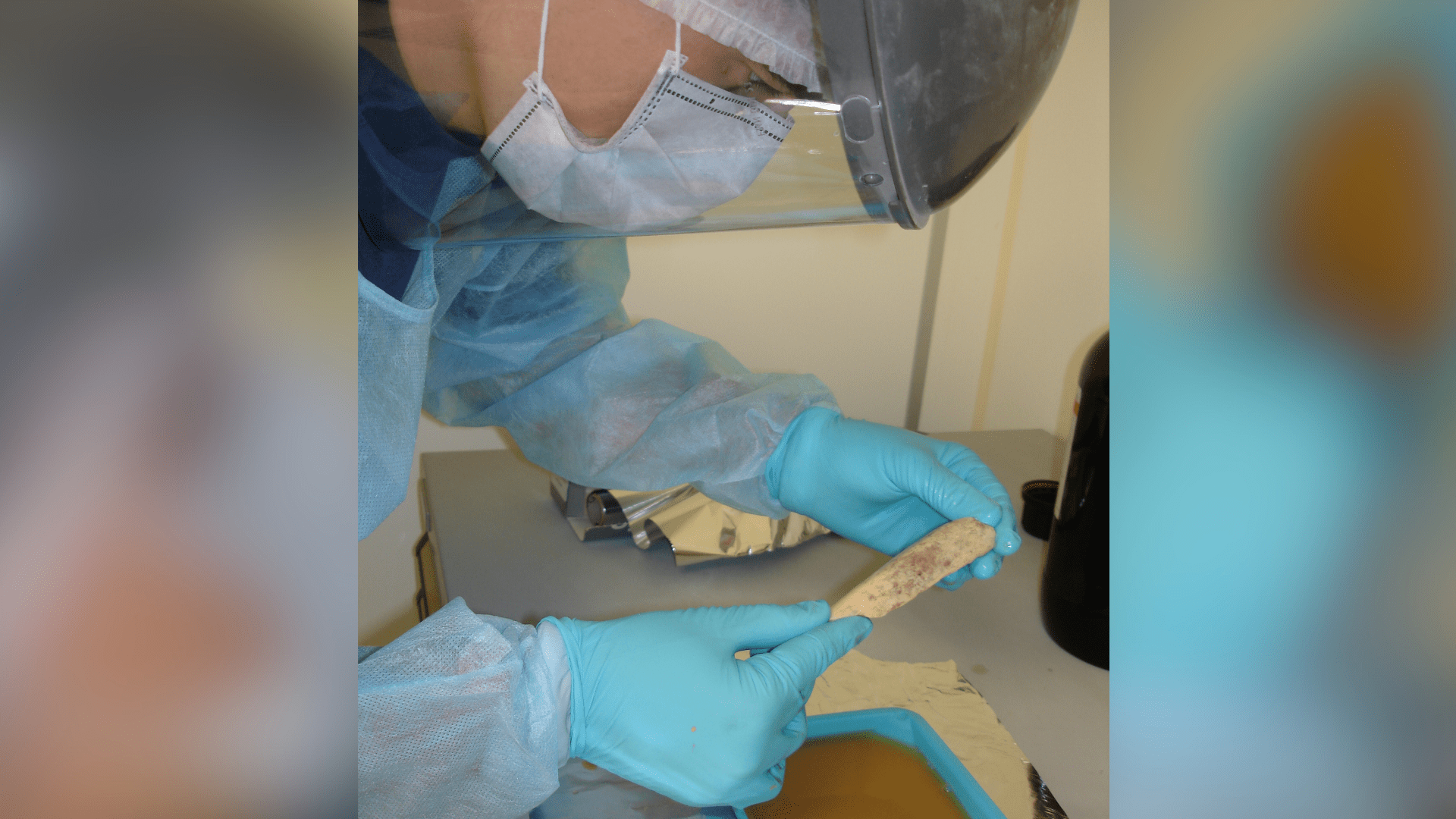
Max Planck Institute for Evolutionary Anthropology/Wikimedia Commons
“India has been underrepresented in whole genome sequencing studies. We generated 2,762 high-coverage genomes from India––including individuals from most geographic regions,” said the study’s abstract.
Three Ancestral Groups
The study used a process called whole genome sequencing to determine that most people living in India come from three distinct groups.

geralt/Wikimedia Commons
“With these data, we reconstruct the evolutionary history of India through space and time at fine scales. We show that most Indians derive ancestry from three ancestral groups related to ancient Iranian farmers, Eurasian Steppe pastoralists, and South Asian hunter-gatherers,” the study said.
What is Whole Genome Sequencing?
According to the CDC, whole genome sequencing involves a four-step process.
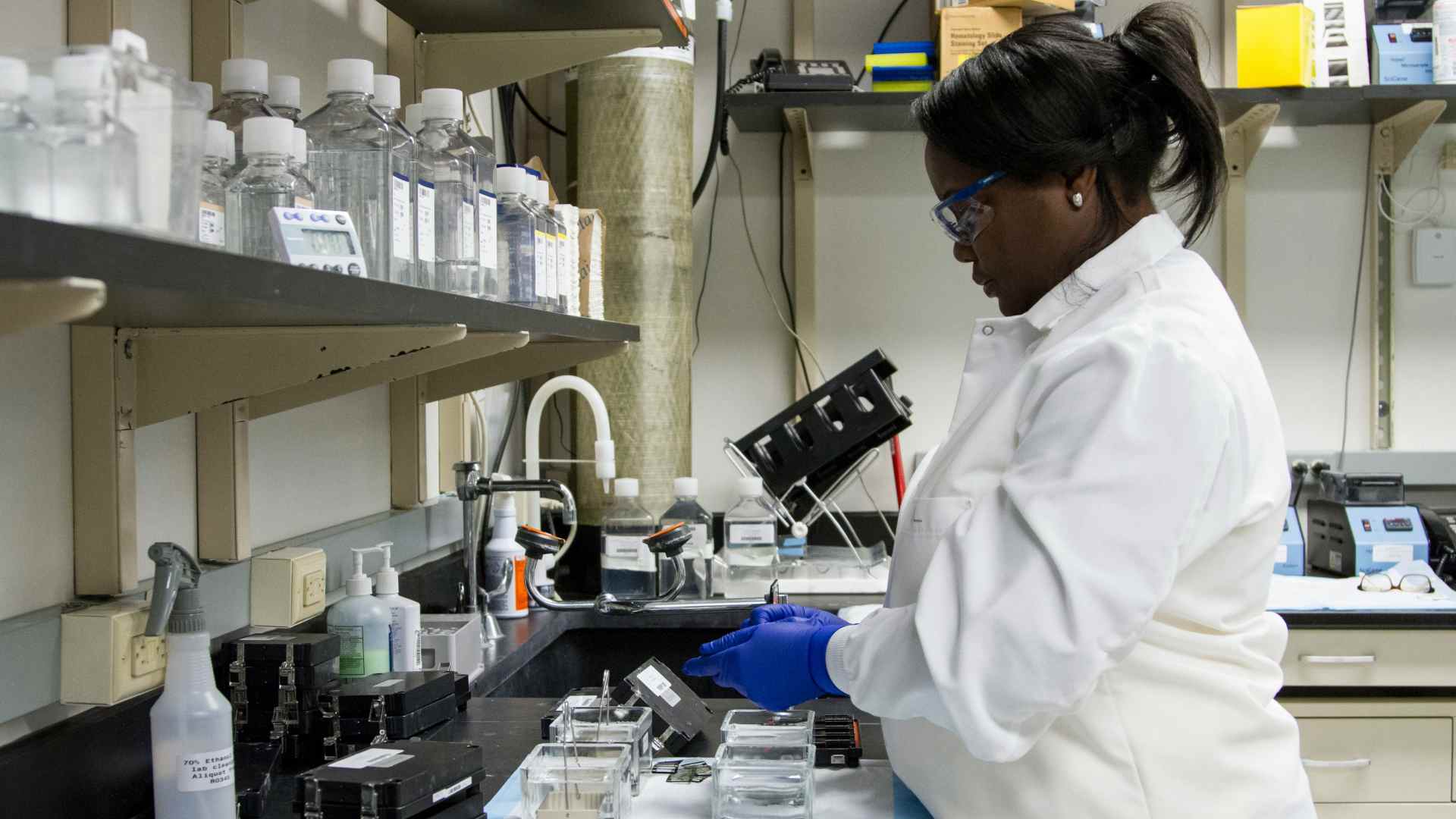
Source: National Cancer Institute/Unsplash
First scientists shear the DNA with molecular systems. Then, they take this sheared DNA and tag it before putting it into a DNA sequencer. The goal of the process is to use computer analysis tools to figure out the order of bases in a person’s genome.
Ancestry Admixtures
By analyzing the data, Kerdoncuff and others wrote in the paper that they were able to uncover more about the ancestors of groups in India.

Source: Sylwia Bartyzel/Unsplash
“We uncover a common source of Iranian-related ancestry from early Neolithic cultures of Central Asia into the ancestors of Ancestral South Indians (ASI), Ancestral North Indians (ANI), Austro-asiatic-related and East Asian-related groups in India.”
Archaic Humans
The researchers found that Indians can trace a small percentage of their ancestral heritage to genes from other ancient human-like groups.
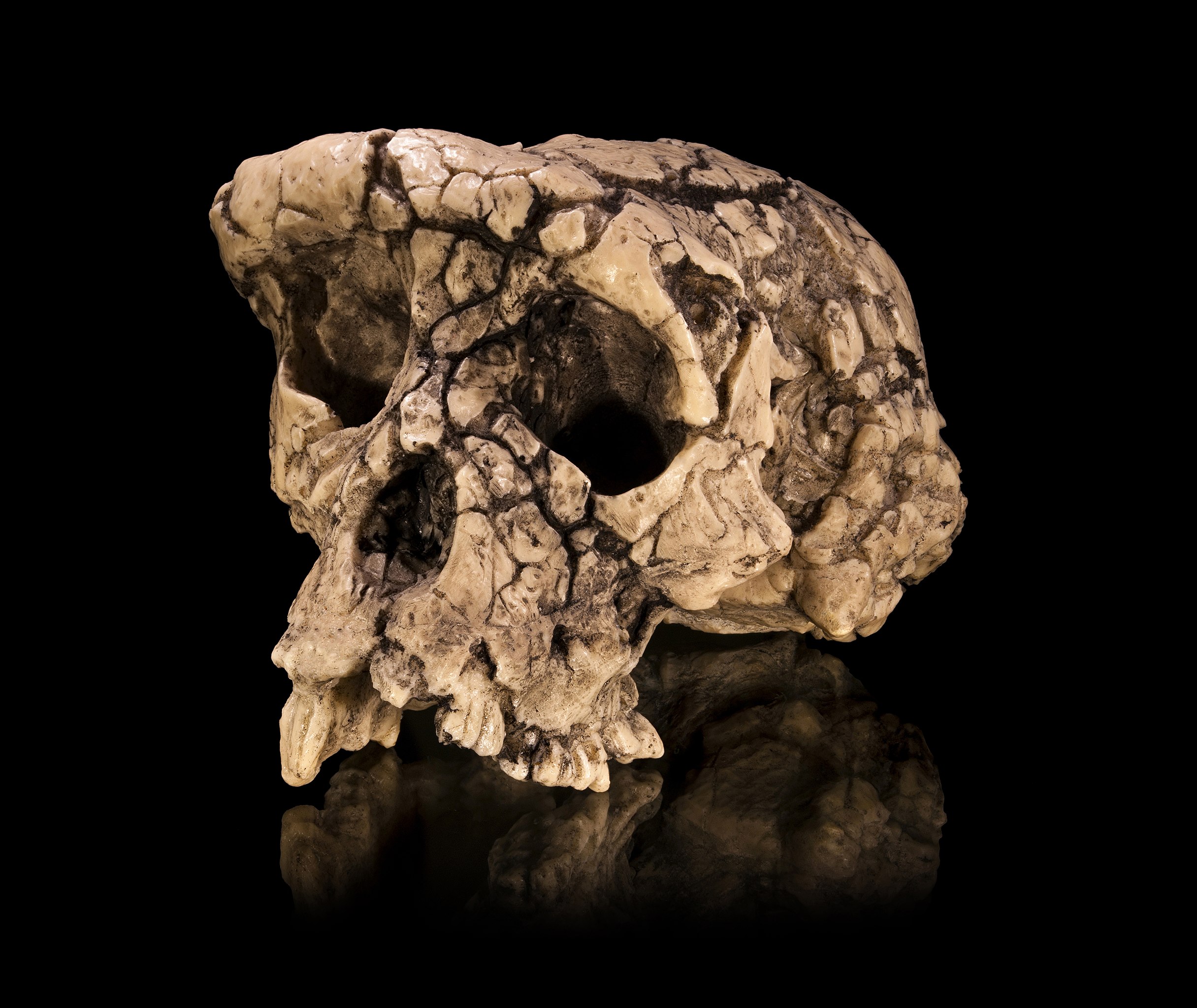
Source: Didier Descouens/Wikimedia
“At deep time scales, Indians derive around 1-2% of their ancestry through gene flow from archaic hominins, Neanderthals and Denisovans.”
Surviving Fragments of Ancient Indians
Through DNA sequencing the researchers were able to to successfully assemble more fragments of ancient ancestry than previous study attempts.

Source: Brano/Unsplash
“By assembling the surviving fragments of archaic ancestry in modern Indians, we recover ∼1.5 Gb (or 50%) of the introgressing Neanderthal and ∼0.6 Gb (or 20%) of the introgressing Denisovan genomes, more than any other previous archaic ancestry study,” the researchers wrote.
Highest Amount of Neanderthal Ancestry
Neanderthals are a group of ancient humans that lived between 130,000 and 40,000 years ago. Another notable finding from the study is that Indians have a significant variation of Neanderthal ancestry.

Source: Jakub Hałun/Wikimedia
“Moreover, Indians have the largest variation in Neanderthal ancestry, as well as the highest amount of population-specific Neanderthal segments among worldwide groups,” the study said.
Evidence for Indians Coming From Africa
Kerdoncuff and their colleagues were also able to identify and demonstrate that the people who settled in modern India came mostly from a single wave of migration, thought to originate from the African continent.
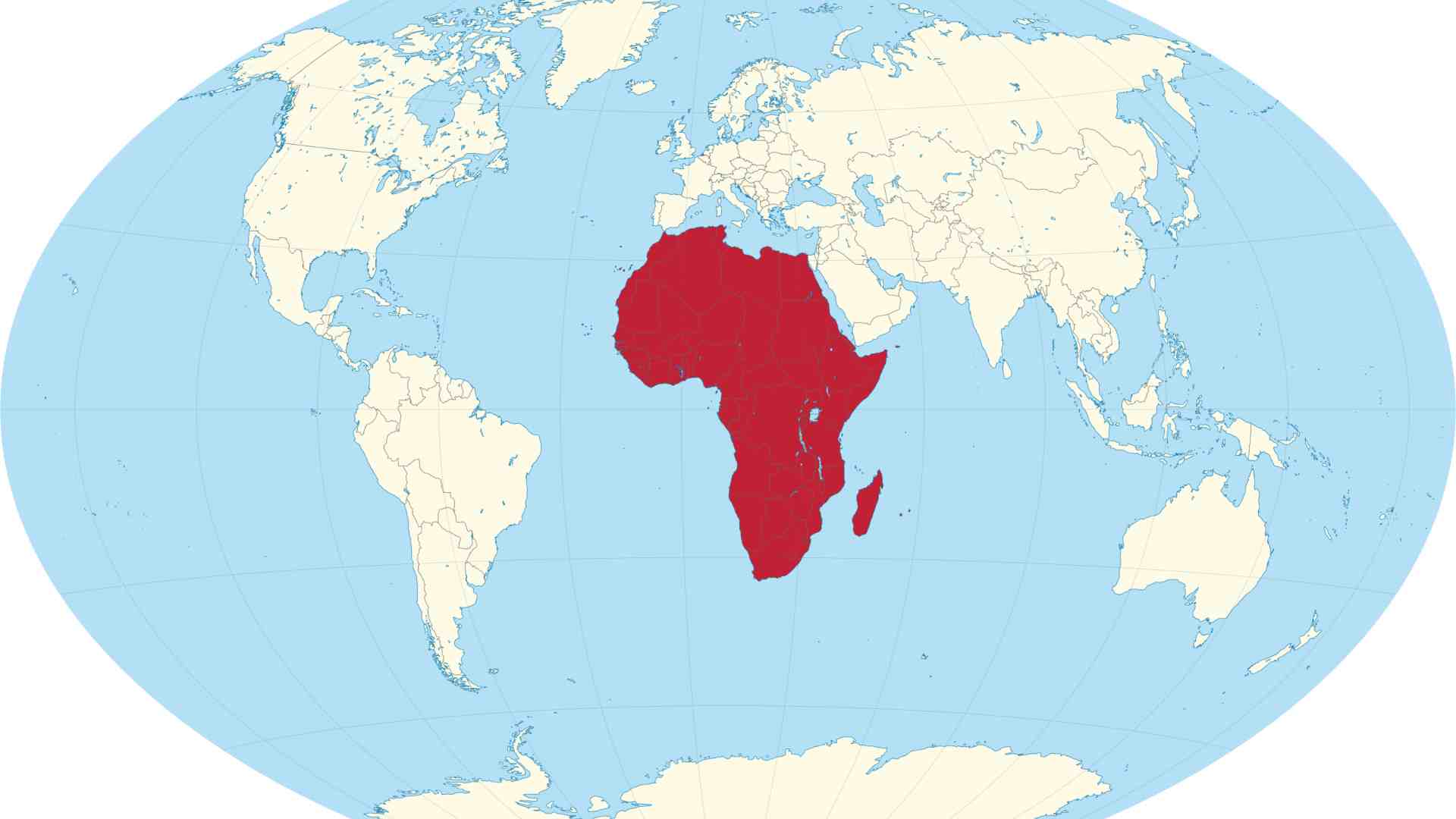
Source: TUBS/Wikimedia
“Finally, we demonstrate that most of the genetic variation in Indians stems from a single major migration out of Africa that occurred around 50,000 years ago, with minimal contribution from earlier migration waves.”
What Does This Study Tell Us?
This study has helped fill in a mysterious gap in the history of the human species. This research offers novel data and analysis that gives scientists a clearer picture of the origins of people in ancient India.
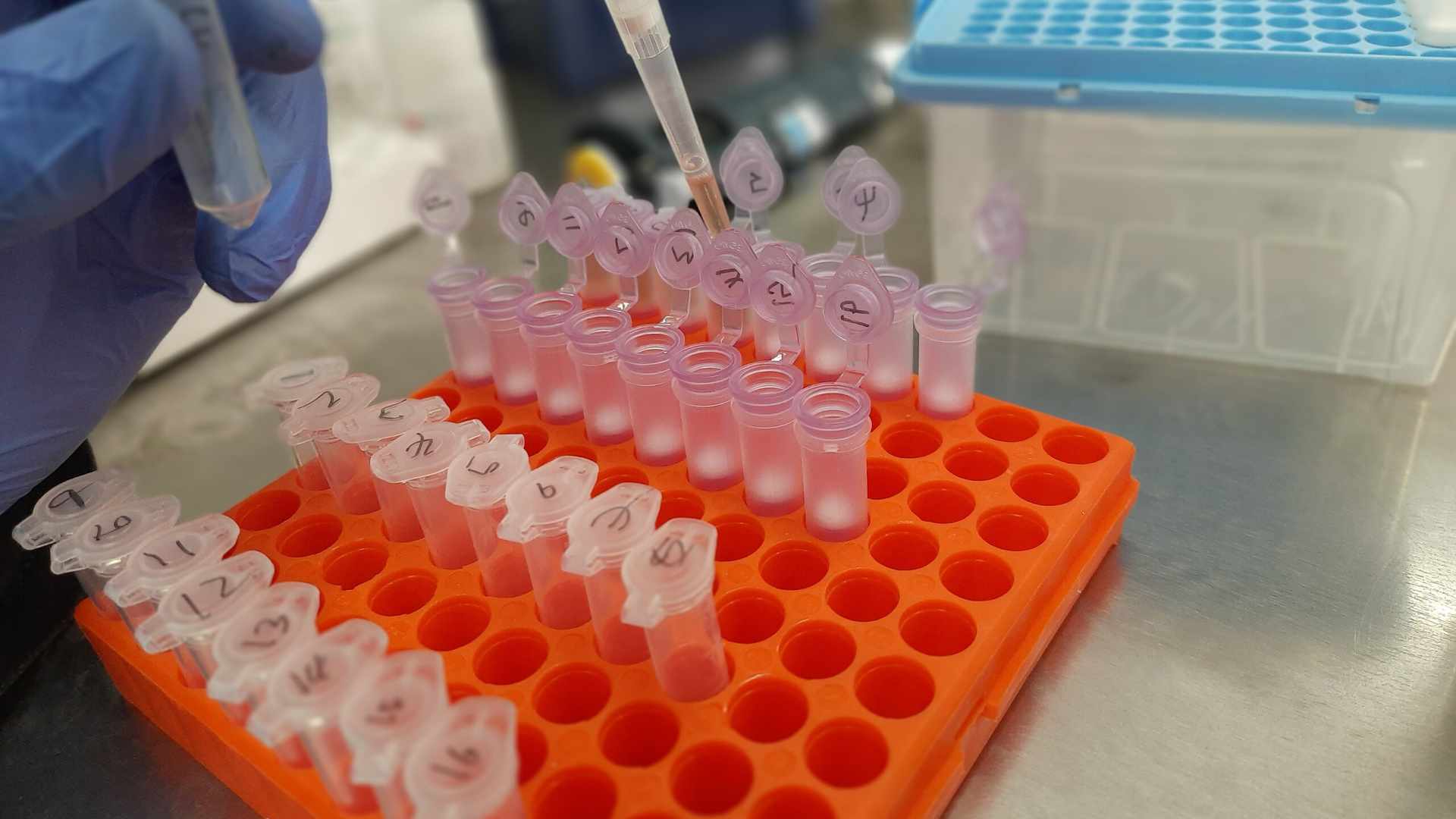
Source: Ajay Kumar Chaurasiya/Wikimedia
The study awaits peer review, a process where other experts with relevant credentials will scrutinize the study to ensure it passes rigorous standards fit for publication.
